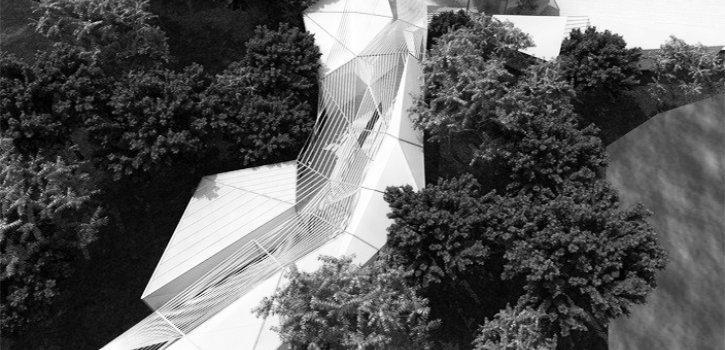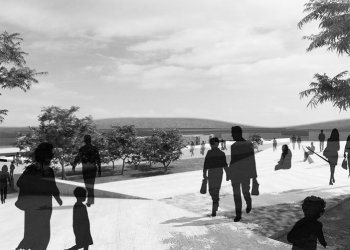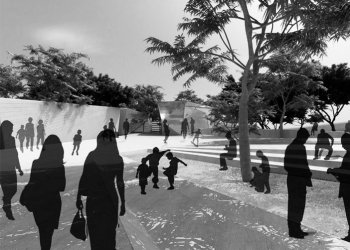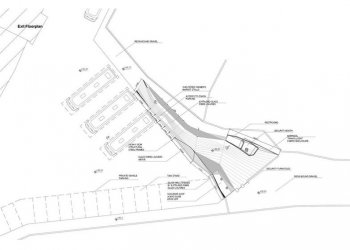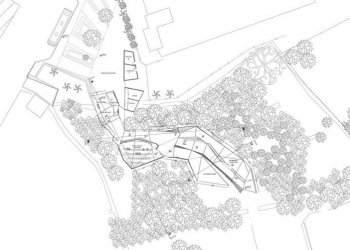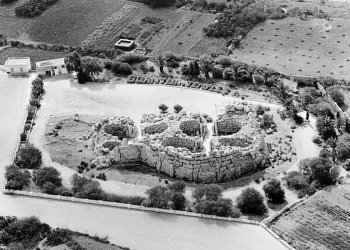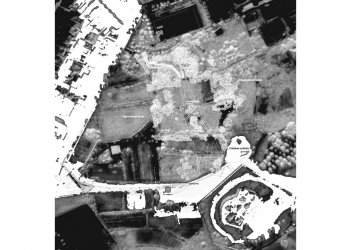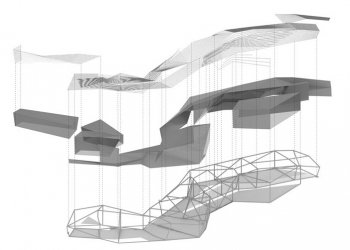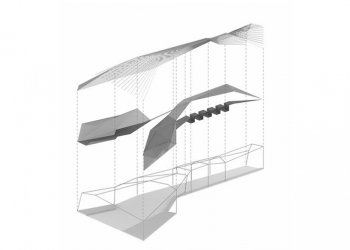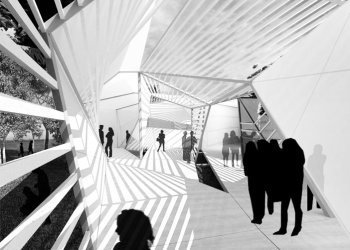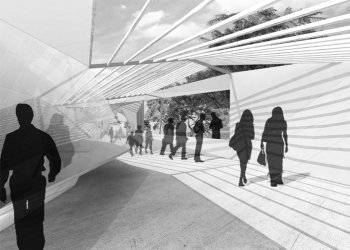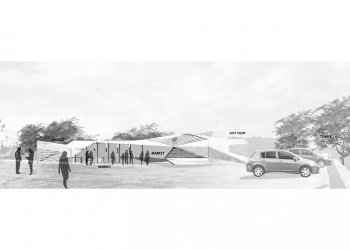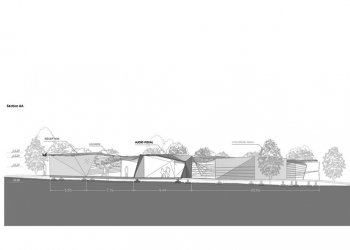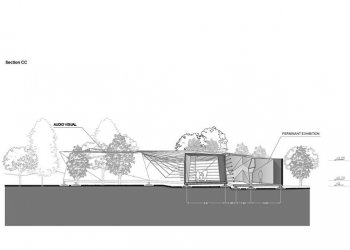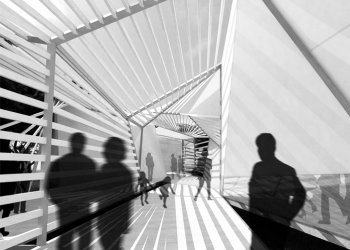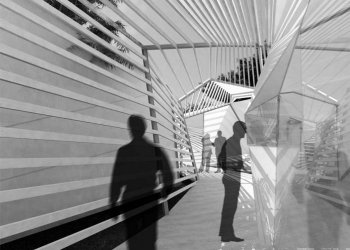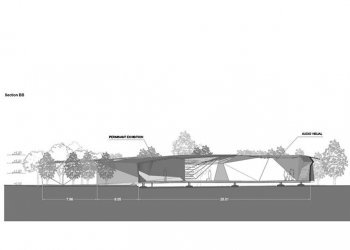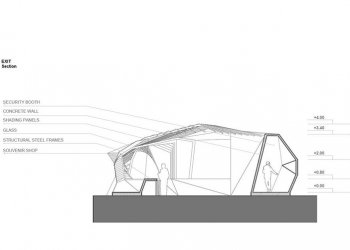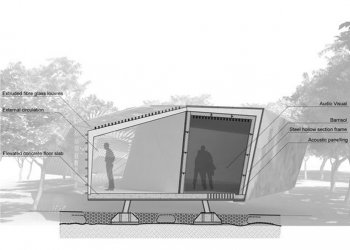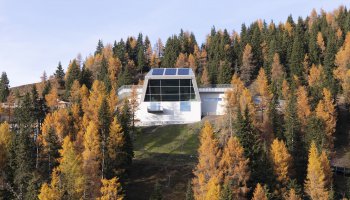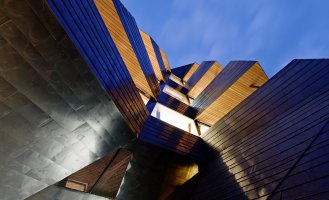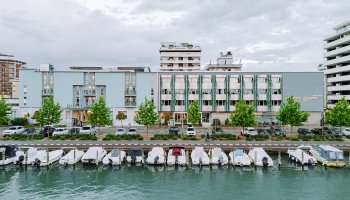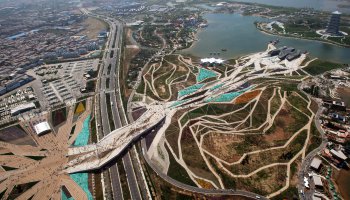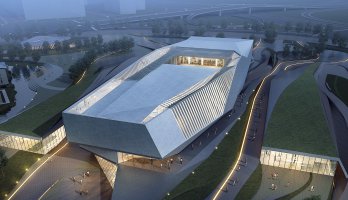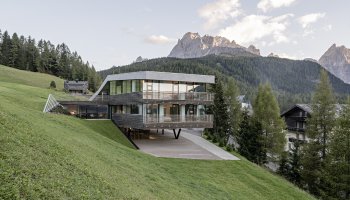The Ggantija Neolithic temple complex in Gozo, Malta is one of the oldest and historically significant man-made structures on Earth. The design approach for the new visitors’ centre integrates culture, structure, landscape, environment, circulation and experience; producing a building that is sensitive to this sacred ground.
Ggantija World Heritage Park
TYPE Public
STATUS Commission
LOCATION Gozo, Malta
YEAR 2010
CLIENT Undisclosed
DESIGN TEAM Eva Castro, Ulla Hell, Holger Kehne - in association with DeMicoli Associates
The pavilion is meant to prepare visitors for the deep spiritual experience ahead.
The initial concept was to submerge the interpretation centre into the site and nestle it into the trees. This strategy combines the landscape and the history of the site into a hybrid public cultural garden, acting as a node which promotes the rich heritage found in the Xaghra vicinity. This hub could house temporary exhibitions and events, offering added value to the Ggantija temple grounds.
A second design decision can be observed in the way that the interpretation centre opportunistically weaves through the open spaces between trees, exploiting the naturally cooler temperatures and shading. The building camouflages itself within the existing landscape of foliage, delivering an intervention that is integrated with the landscape.
The pathways act as multi-sensory corridors of sight, sound, smells, textures and tastes. At shaded intersections, the landscape typology shifts from the exhibiting rhythm of display into a moment of rest and tranquility. The paths extend the concept of the timeline into the landscape, taking the visitor on a journey back in time, enhancing the archaeological experience of the site, and allowing the visitor to gradually soak up the landscape and acquire a greater understanding of the temple. These nodes become information points, visual aids, illustrations and a more informal approach to hands-on interaction.
The Interpretation Centre houses ticket booths, an auditorium, a children's centre, and a flexible exhibition space. As one progresses through the Interpretation Centre, the physical experience of light, shadow, and air constantly changes. The synergy between the location of the building and the natural shading of the trees reduces the need for mechanical cooling systems; however, critical spaces such as the auditorium and exhibition space are climate controlled. Views of the landscape are framed through designed moments. Having explored the Interpretation Centre, the visitor emerges onto a series of sinuous paths leading to the Temple.
The proposed fabric is recyclable, reflecting the proposal’s commitment to sustainable design. This fabric provides full enclosure while also allowing for the diffusion of natural light, creating the experience of interior space while sustaining a connection to the natural surroundings.
The building is made up of a series of steel frames that support the roofing materials, shading devices and walkways. The frames rest on reinforced concrete pads that transfer the load to the rock. Moreover, to protect the rock, a layer of expanded polystyrene is placed as a soft interface between the concrete pad and the rock face. The walls and roof of the audiovisual centre are made of an insulated sandwich panel that spans between the main and secondary steel frames. The other spaces are roofed and wrapped in a high performance polymer fabric. Portions of the walkway are shaded by extruded fiberglass sections, which are used to give shade, reduce maintenance and provide support for the growth of creepers that will wrap the building over time.
